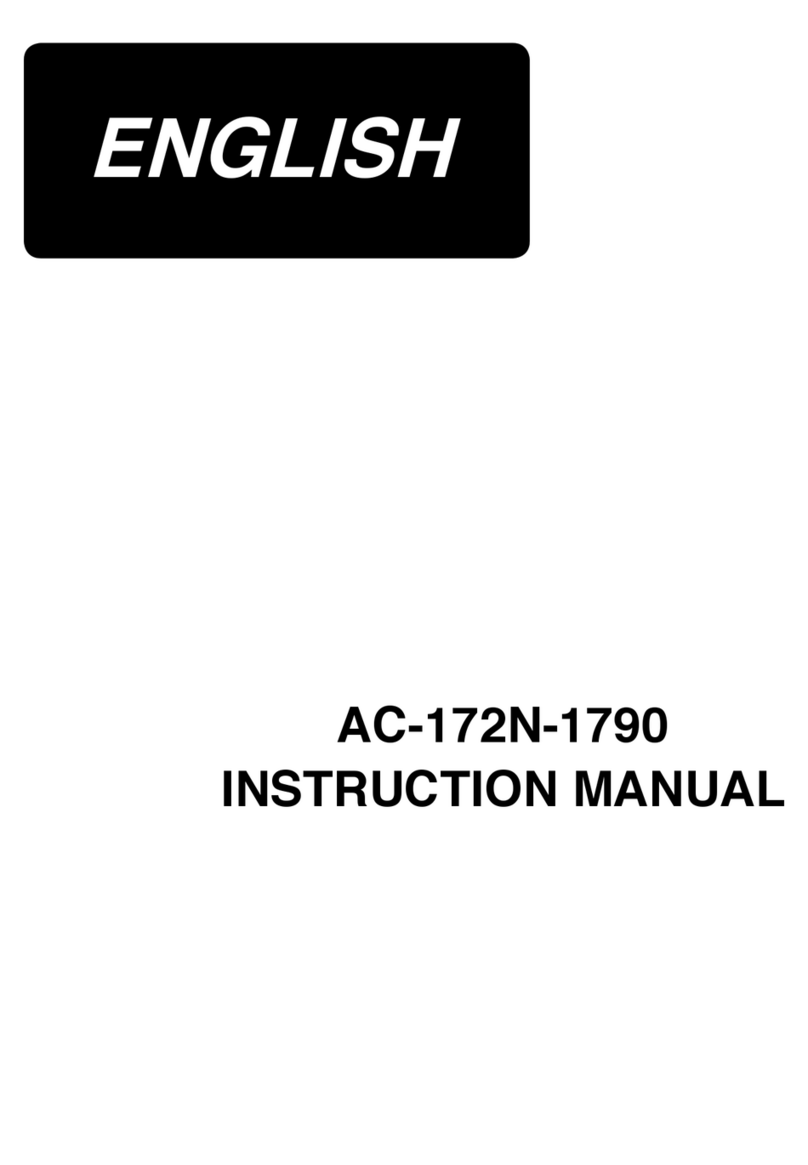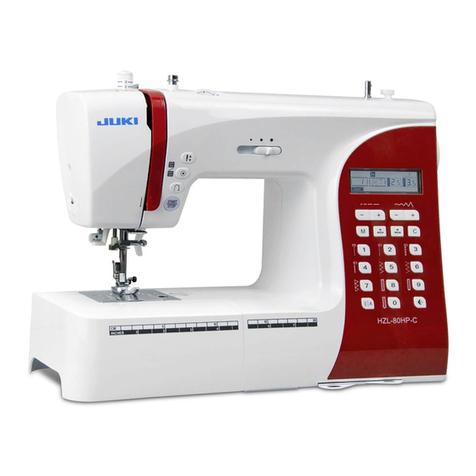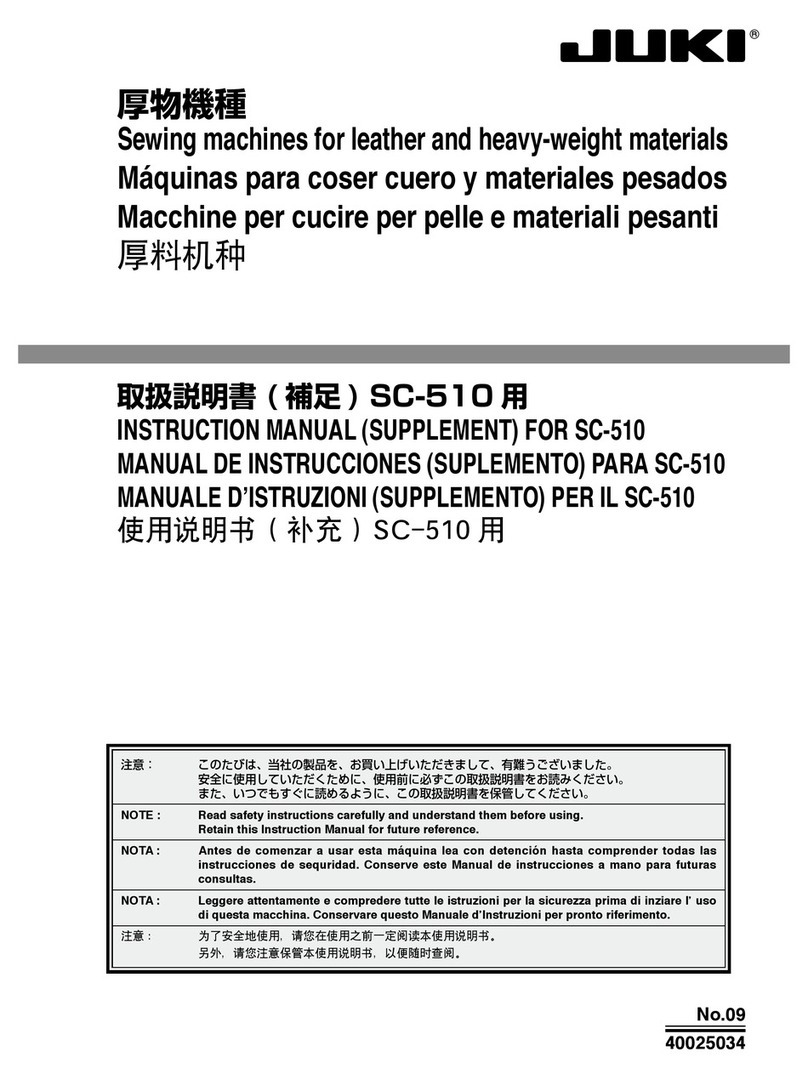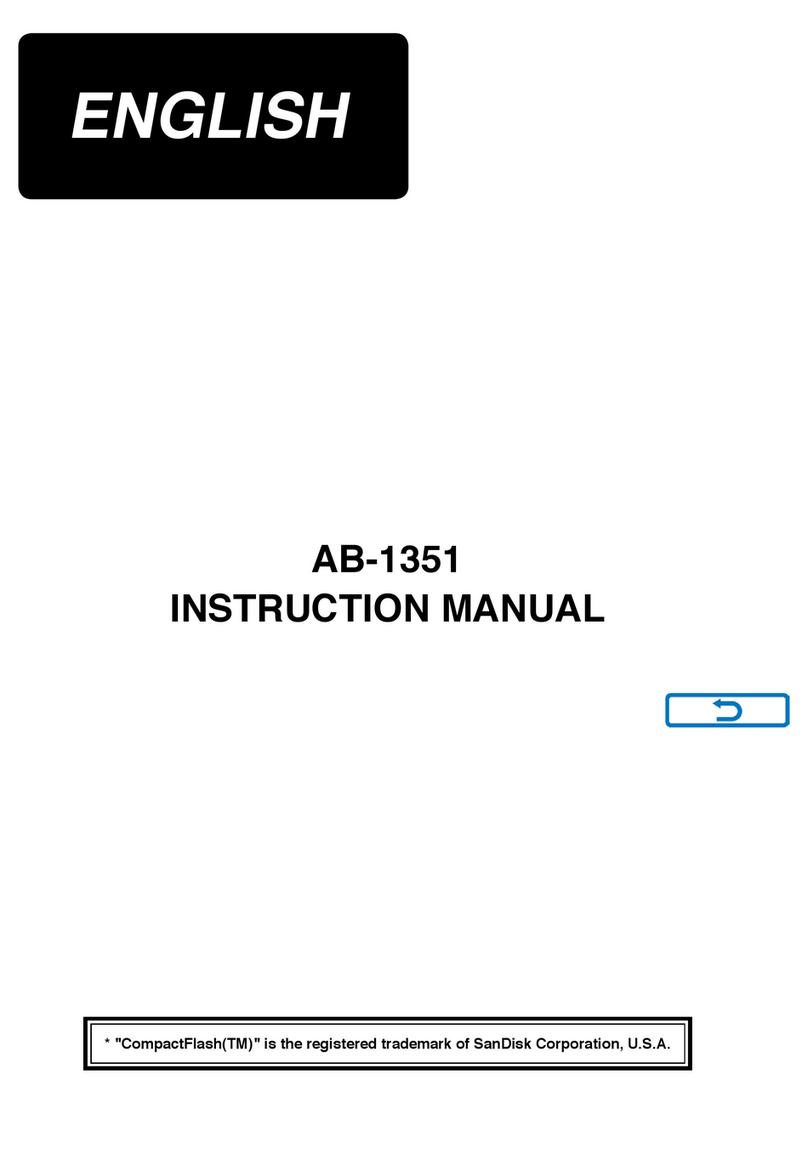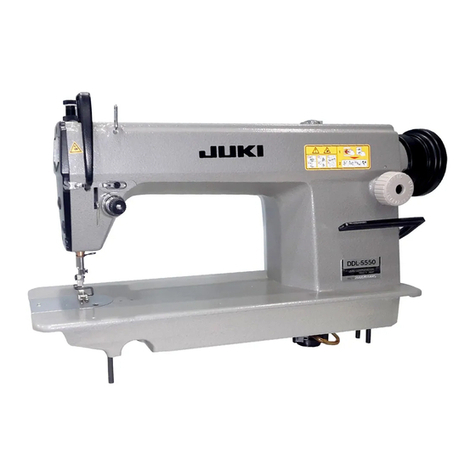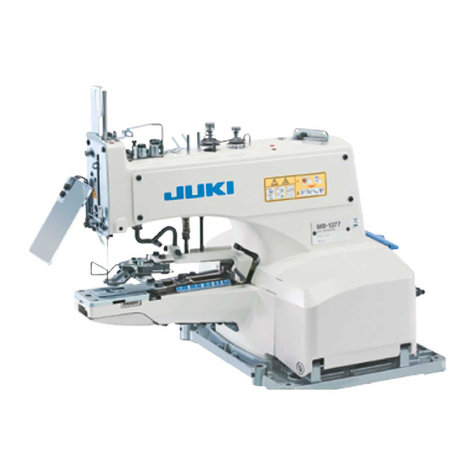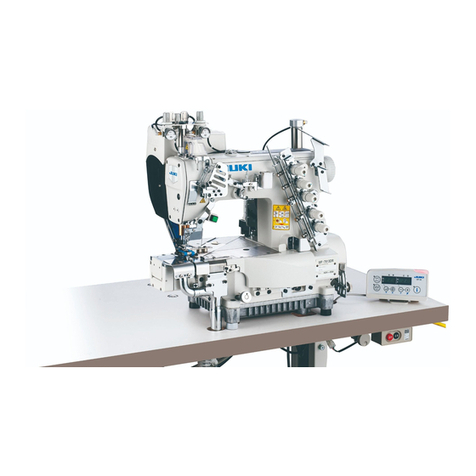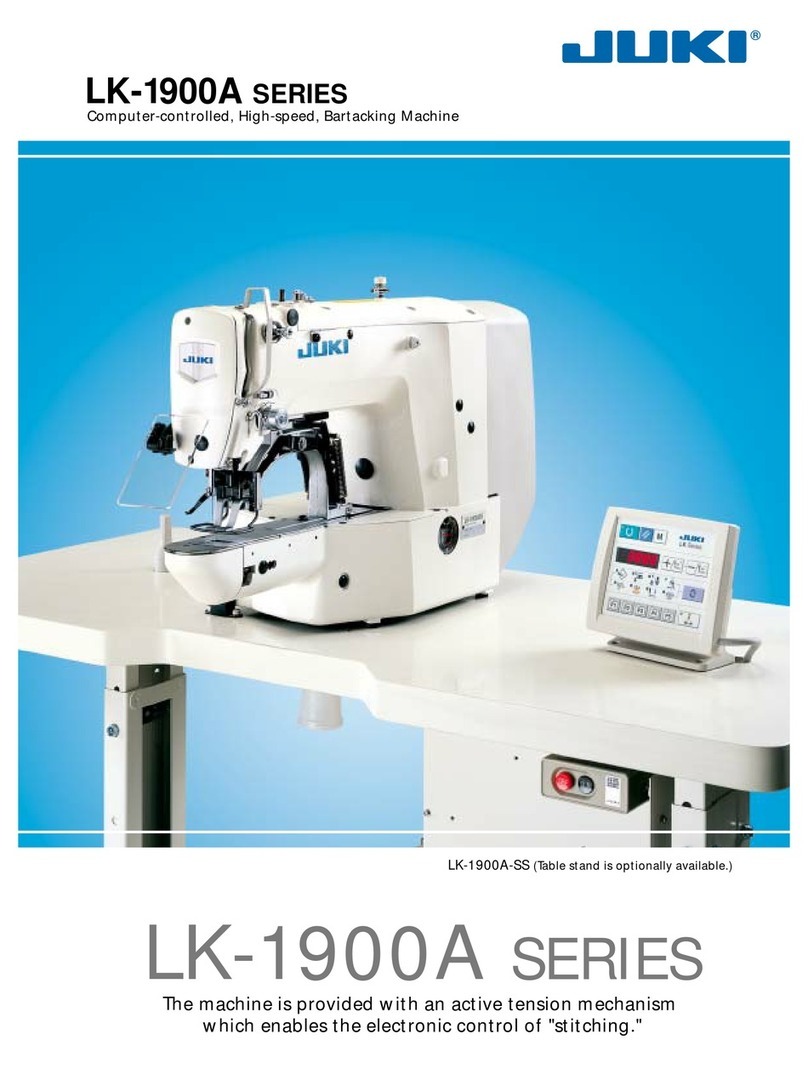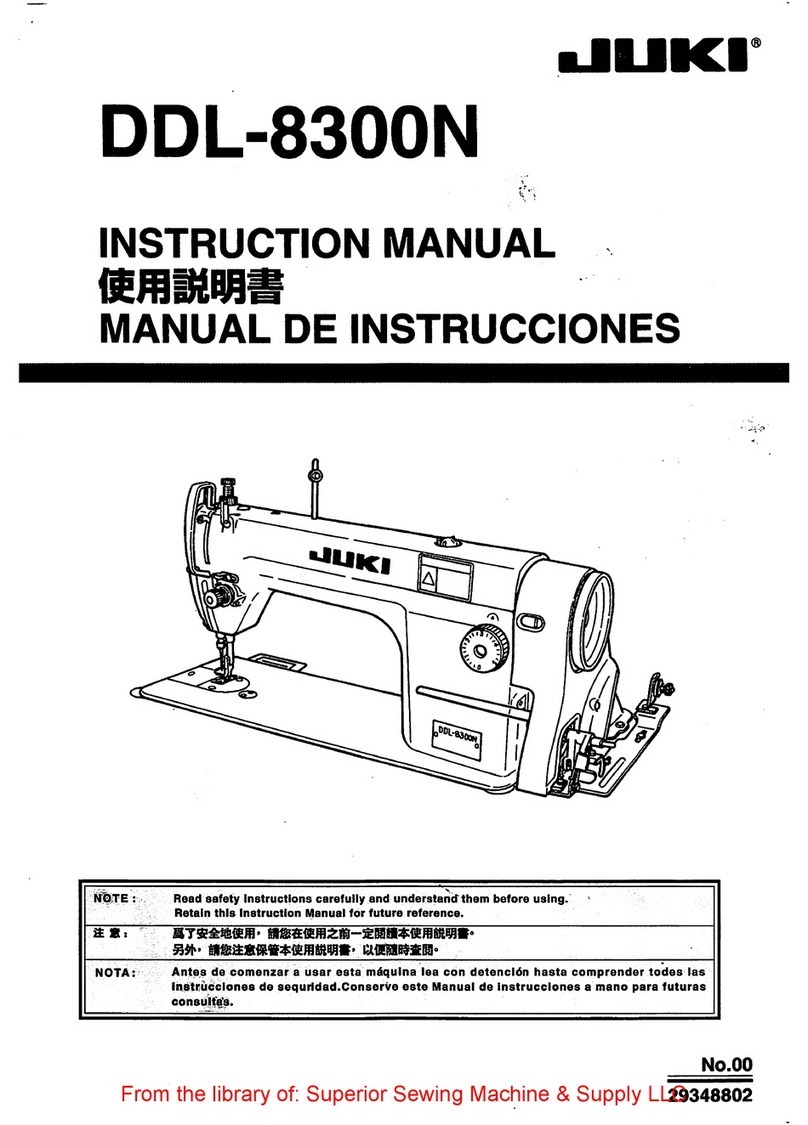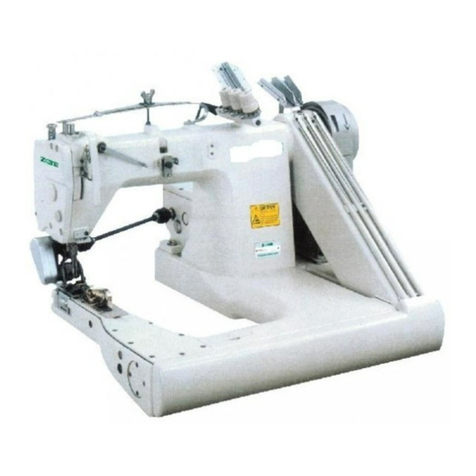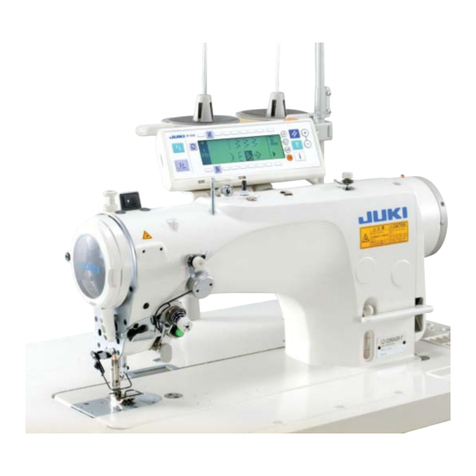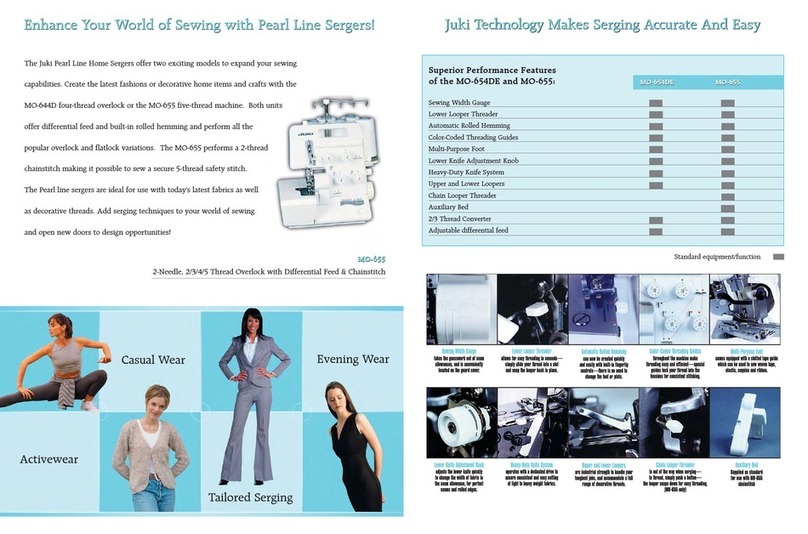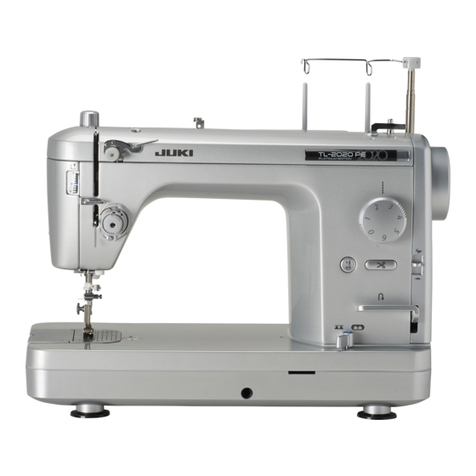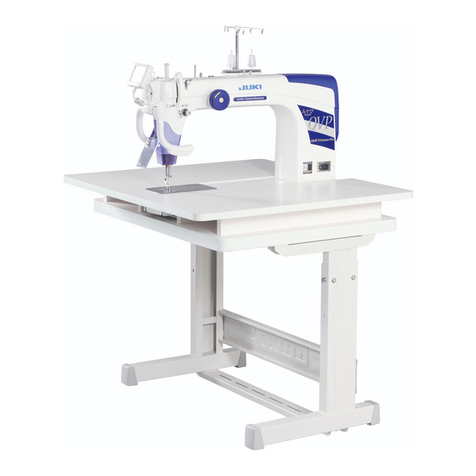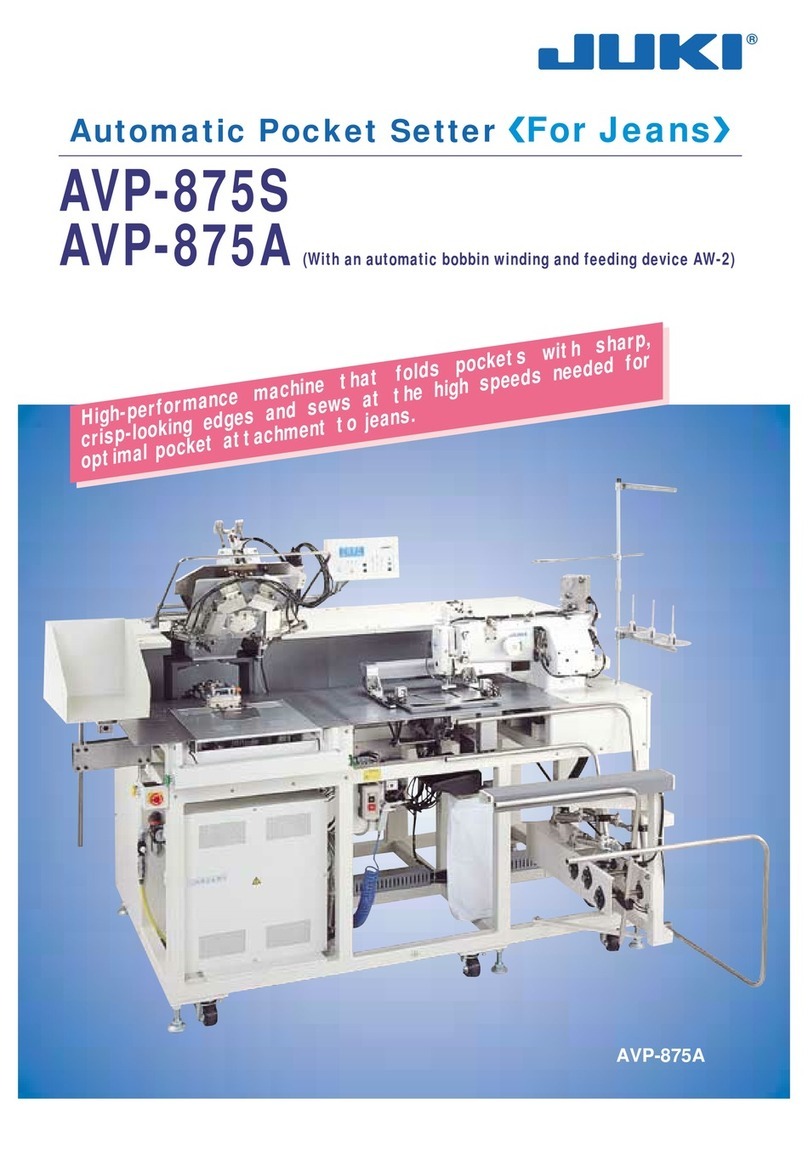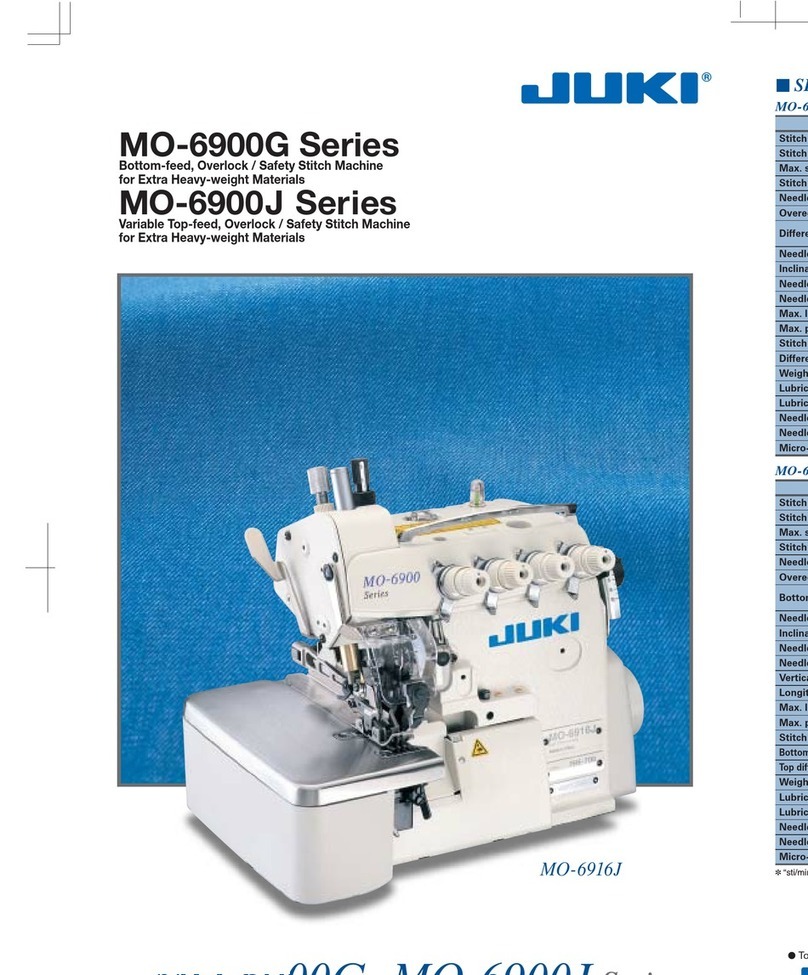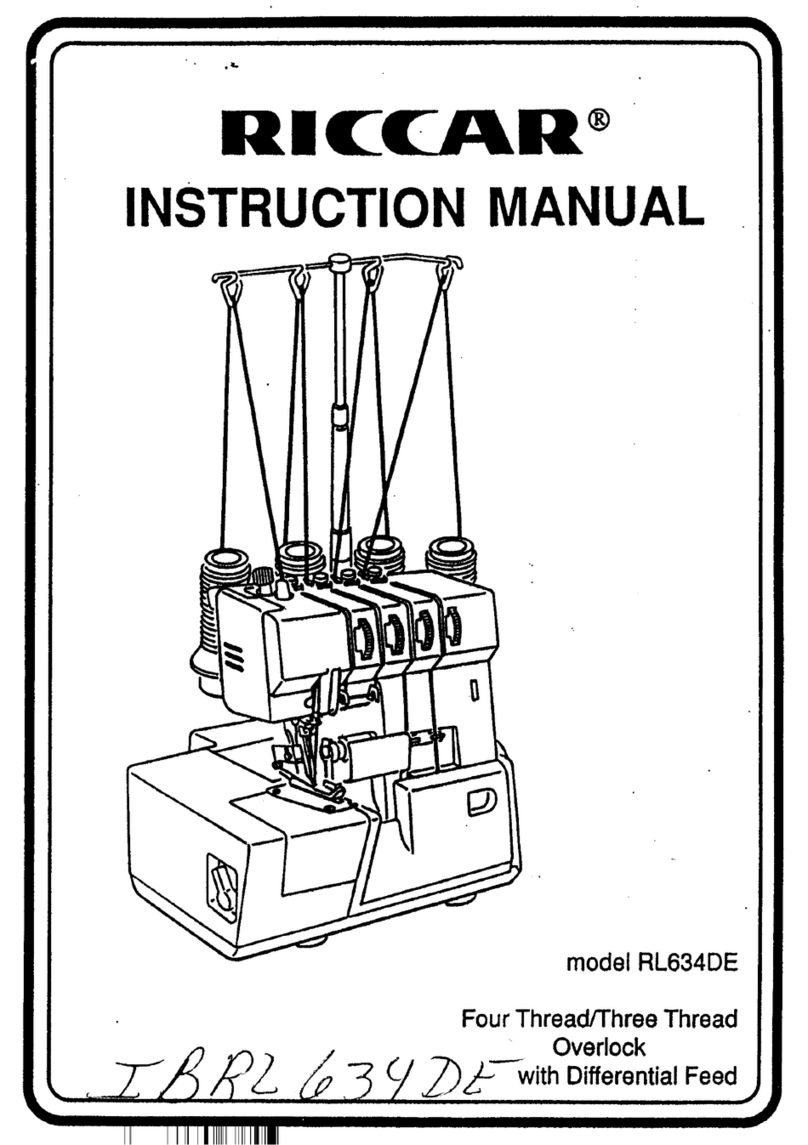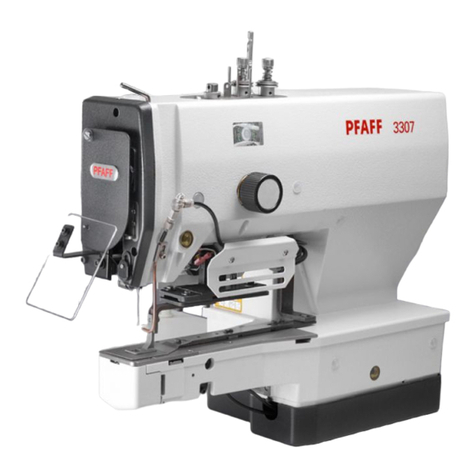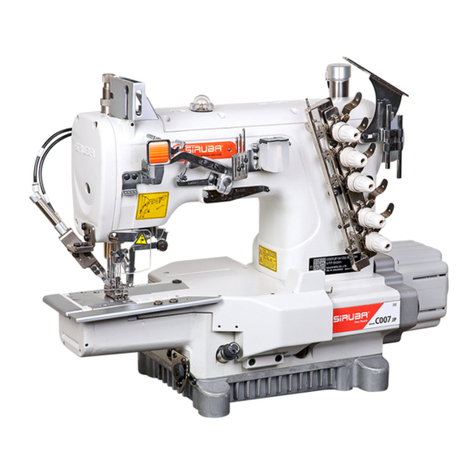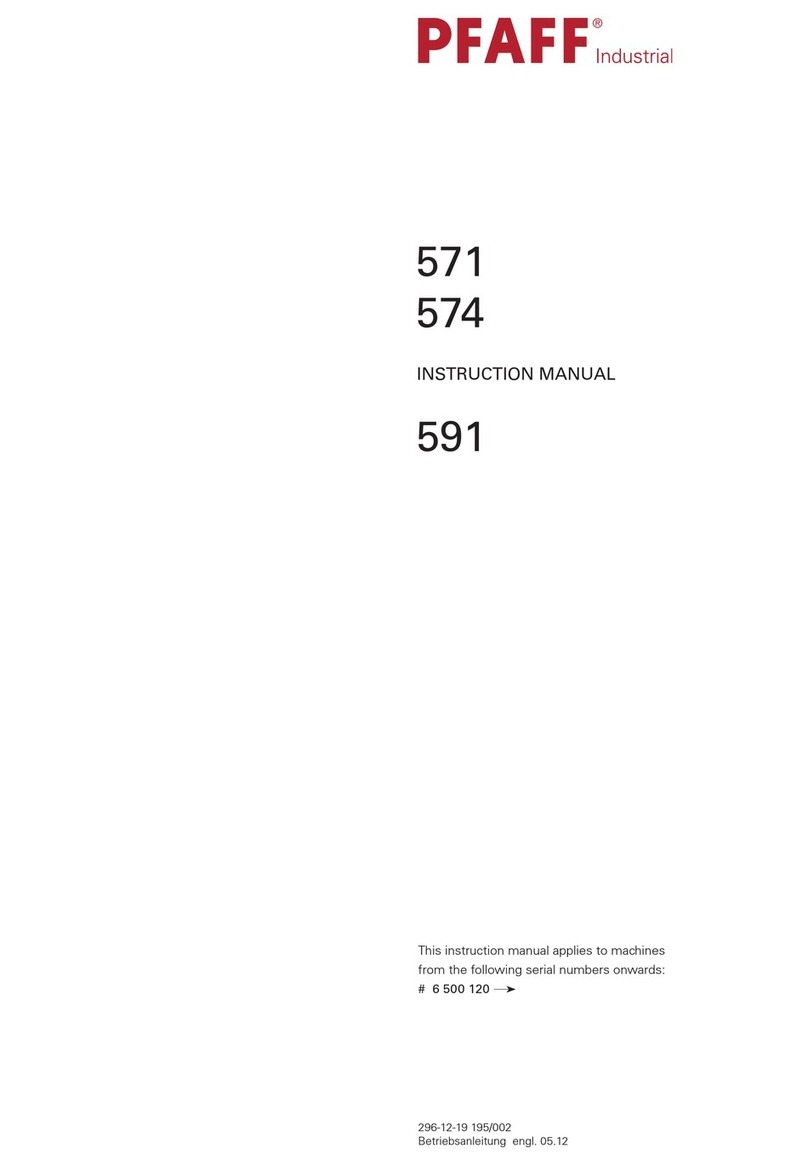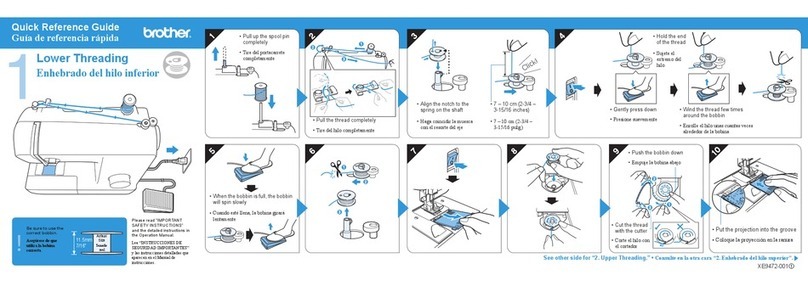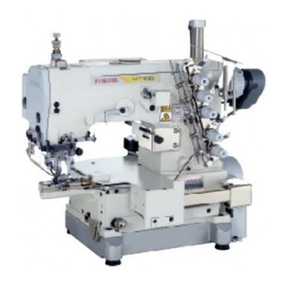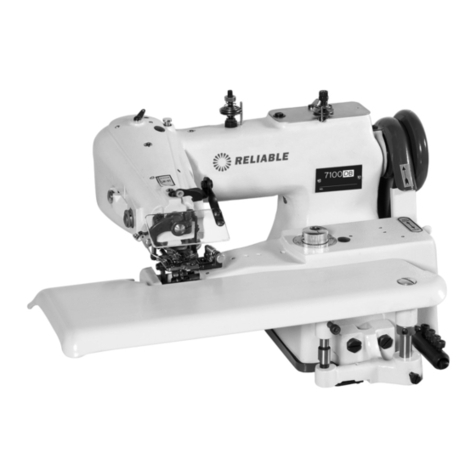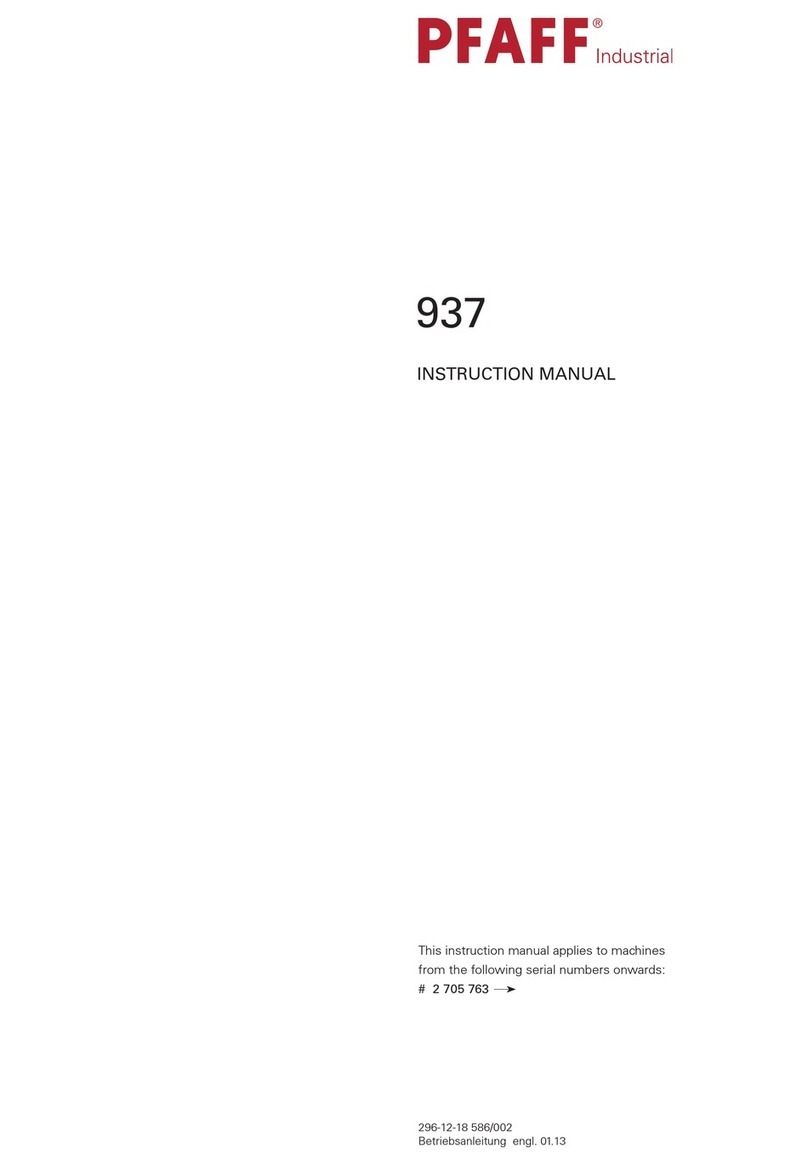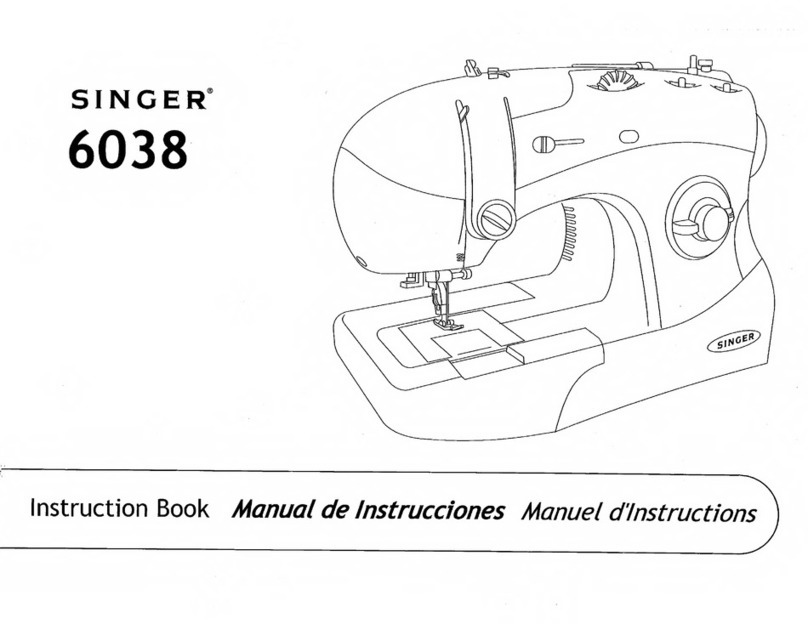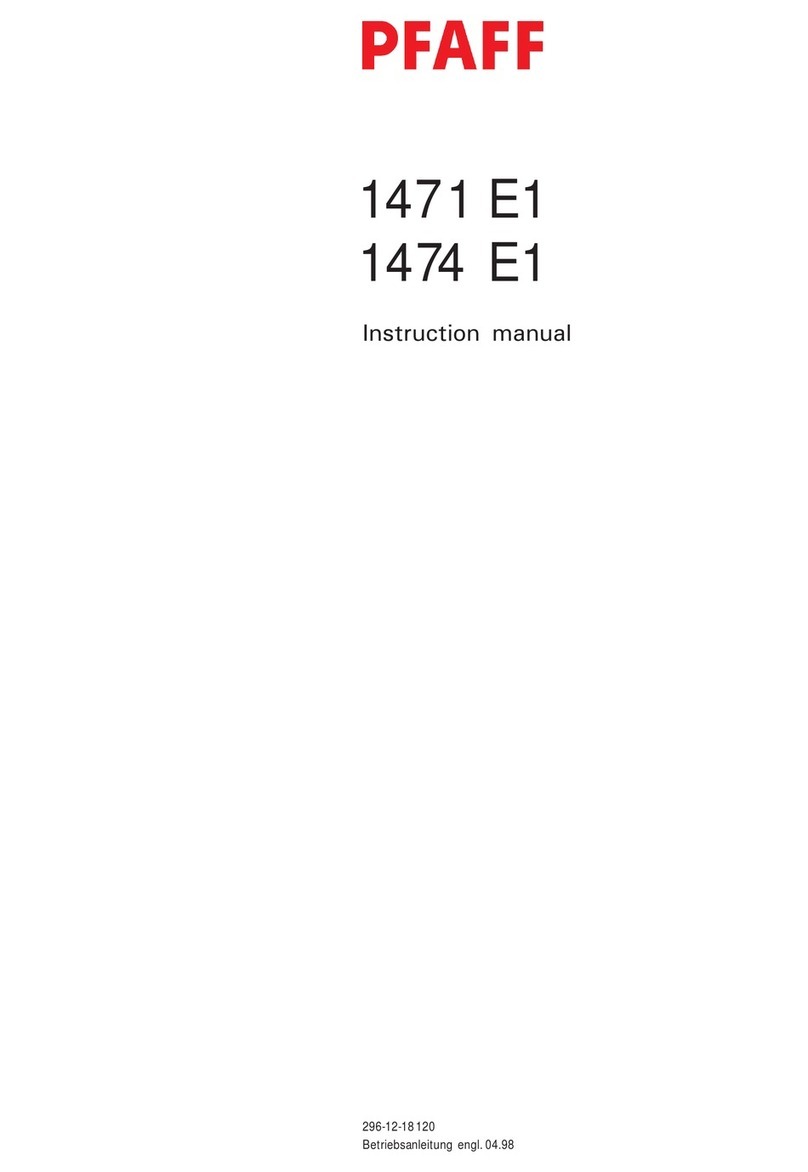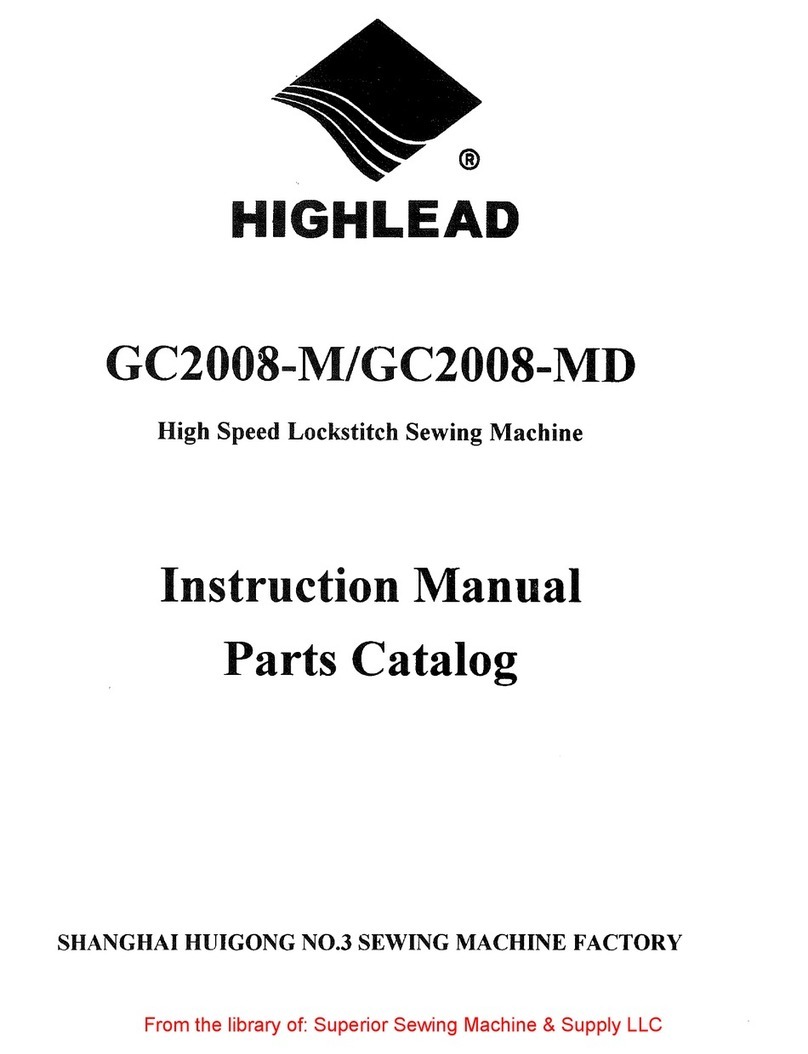CONTENTS
1. SPECIFICATIONS ............................................................................................. 1
2. STITCHES OF PIN-POINT SADDLE STITCHING ............................................ 2
3. CAUTIONS ON SEWING .................................................................................. 2
4. CORNER STITCHING ....................................................................................... 2
5. STANDARD ADJUSTMENT ............................................................................. 3
(1) Adjusting the position of the feed dog.......................................................................... 3
1) Adjusting the longitudinal position ............................................................................................................ 3
2) Adjusting the lateral position..................................................................................................................... 3
3) Adjusting the inclination ............................................................................................................................ 3
(2) Adjusting the height of the feed dog ............................................................................. 5
(3) Adjusting the vertical movement of the feed................................................................ 5
(4) Feed cam timing .............................................................................................................. 7
(5) Height of the needle bar.................................................................................................. 9
(6) Looper crank timing ........................................................................................................ 9
(7) Position of the loop guide............................................................................................. 11
(8) Adjusting the needle and the looper............................................................................ 11
(9) Adjusting the stroke of the spreader........................................................................... 13
(10) Adjusting the needle and the spreader ..................................................................... 13
(11) Timing of relationship among the needle, looper and spreader............................. 15
(12) Adjusting the spreader timing.................................................................................... 15
(13) Adjusting the backlash of the spreader gear............................................................ 17
(14) Adjuting the height of the spreader........................................................................... 17
(15) Position of the looper link eccentric pin ................................................................... 19
(16) Adjusting the thread take-up thread guide ............................................................... 19
(17) Adjustment to adapt to the overlapped section of the heavy-weight materials.... 21
(18) Replacing the needle bar crank (optional component)............................................ 23
6. MOTOR PULLEY AND V BELT ...................................................................... 25
7. CONSUMABLE PARTS AND SELECTIVE PARTS ....................................... 25
8. TROUBLES AND CORRECTIVE MEASURES............................................... 27
9. DRAWING OF THE TABLE ............................................................................30
